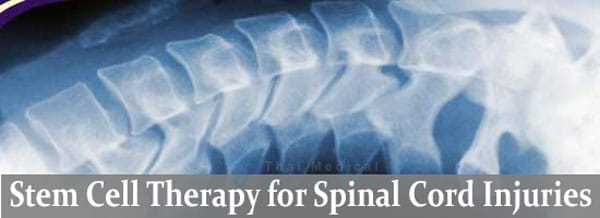


Recent evident-based clinical studies have cast doubt on the clinical benefit of steroids in SCI and intense focus on stem cell-based therapy has yielded some encouraging results.

Current treatment of SCI is limited to early administration of high dose steroids to mitigate the harmful effect of cord edema that occurs after SCI and to reduce the cascade of secondary delayed SCI. However, despite our deeper understanding of the molecular changes occurring after initial insult to the spinal cord, the cure for paralysis remains elusive. GoodCell officially began offering personal stem cell banking services on June 6.With technological advances in basic research, the intricate mechanism of secondary delayed spinal cord injury (SCI) continues to unravel at a rapid pace. The privacy systems were tested across a two year beta period. “We’re taking a really comprehensive look at personalized medicine,” Viscomi says.īecause of the potentially sensitive nature of the samples, all uses of the patient’s data must be opted in to, Viscomi says, while the stem cells banks themselves are hardened, bunkers outfitted with cameras, backup power supplies, and designed to resist natural disasters. Tests for non-heritable genetic changes are currently being developed. If members request it, the company can also run genetic tests for heritable conditions on the material in the sample, which they will test for actionable conditions only, Viscomi says. GoodCell stores the white blood cells for potential use in future stem cell therapies. “It’s a slow freezing process, really kind of a proprietary way of storing them in the best way we know today in terms of keeping them viable.” “They’re stored at really super cold temperatures,” Viscomi says. That sample is sent to GoodCells laboratory, where the white blood cells that can become iPSCs are isolated, extracted, and slowly frozen (to avoid damaging them). Customers receive a draw kit from GoodCell, which they can take to a lab - their current partner is Quest - or have a phlebotomist do it at home.

To bank your own cells, GoodCell requires a 40cc blood draw, the minimum amount required for producing enough iPSCs. There’s another challenge as well: the ability to crank out enough iPSCs needed for therapies to be practical.ĭespite all of that, however, pluripotent stem cells like iPSCs “provide unprecedented opportunities for cell therapies against intractable diseases and injuries,” Yamanaka wrote.īanking on yourself: Banking your cells ahead of time can help ensure the cells are as young and healthy as possible, as they do deteriorate with age, Viscomi says. The body may reject even its own stem cells, with conflicting experiments in mice finding possible evidence of rejection, possibly due to abnormal expression of genes in the new cells. There is the potential that the stem cells will proliferate beyond what we want them to, leading to tumors. There are, however, challenges to be overcome before iPSCs can find their way to patients.Īs of September 2020, clinical trials of iPSC therapies are currently in the works for Parkinson’s, heart failure, and spinal cord injury, among sundry others.
Stem cell treatment for spinal cord injury how to#
Gurdon, which discovered how to turn adult cells back into stem cells.Īccording to a recent article by Yamanaka, as of September 2020, clinical trials of iPSC therapies are currently in the works for Parkinson’s, heart failure, spinal cord injury, macular degeneration - a very common vision disorder in those over 50 - and cancer immunotherapy, among sundry others. Kyoto University researcher Shinya Yamanaka received a Nobel Prize for his work with University of Cambridge’s John B. “Now, we don’t have to make that difficult decision,” Viscomi says.įinding your potential: Human iPSCs were first created in Japan in 2007.


 0 kommentar(er)
0 kommentar(er)
